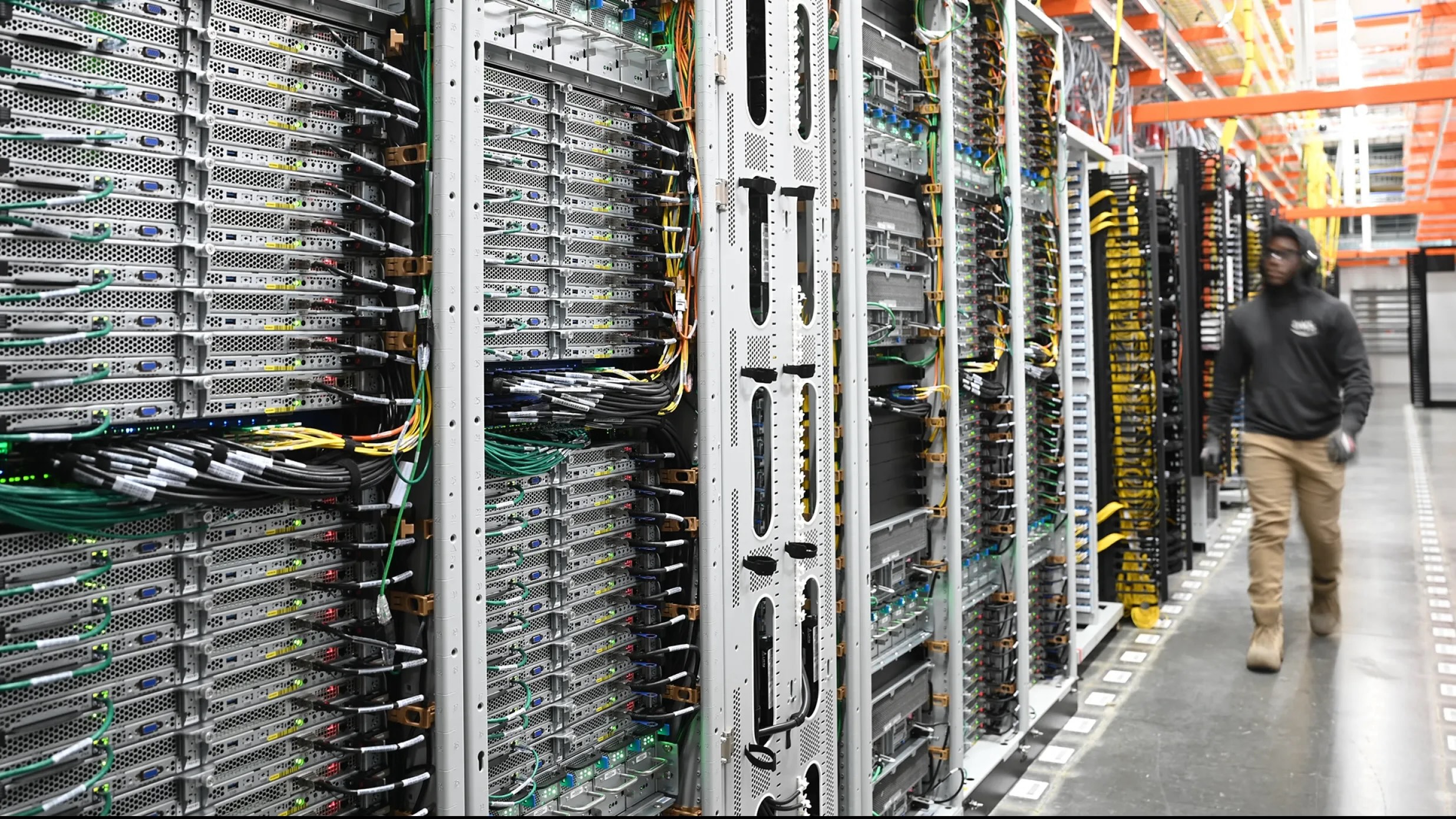Amazon Web Services (AWS), the company's cloud computing division, is set for a leadership change next month with chief exec Adam Selipsky to step down from his role on 3 June, after a three-year tenure at the helm.
Selipsky, 57, has had a long association with AWS, spanning 14 years across two stints. He initially left AWS in 2016 to become the chief executive of Tableau Software, a Salesforce subsidiary, before returning in 2021 to take over the reins of AWS from Andy Jassy, who had been appointed as Amazon's chief executive.
Under Selipsky's leadership, AWS experienced rapid growth, doubling its sales from $45.4 billion in the year before his appointment to $90.8 billion in 2023. The division's operating income also nearly doubled during this period, reaching $24.6 billion.
However, AWS has faced criticism for being slow to roll out competitive generative artificial intelligence (AI) services, in the face of challenges from rivals like OpenAI. The company recently made its Amazon Q chatbot service broadly available for businesses.
Selipsky's successor will be Matt Garman, a senior vice president who has overseen sales and marketing at AWS. Garman has been with Amazon since 2005, initially joining as an intern and later becoming one of the company's first product managers.
While AWS has the largest share in the US cloud market, its dominance is under pressure from Microsoft's fast-growing Azure service, which is benefiting from its tie-up with OpenAI. Google, too, is expected to roll out new AI services at its annual developer conference.
AWS, Amazon's second-biggest business unit after e-commerce, contributes about 40 per cent to the company's top line and is widely regarded as its growth engine.
Selipsky's departure is not expected to cause significant disruption, as Andy Jassy, who founded and led AWS before becoming Amazon's chief executive, remains at the helm of the company.
Elsewhere, Amazon has announced plans to invest €7.8 billion in Germany through to 2040. The company plans to launch several data centres in the German state of Brandenburg by the end of 2025, with the investment set to support over 2,500 full-time jobs in local German businesses each year.
Latest News
-
Vodafone agrees to buy German cloud specialist Skaylink for €175m
-
Goldman Sachs conducts 'first' over-the-counter crypto trade with DBS
-
REWE West launches AI-powered autonomous robot to cook meals in supermarket
-
Character.ai bans chatbot service for under-18s
-
Australian Ubank introduces passkeys to online banking
-
DSIT announces £55bn for R&D research
The future-ready CFO: Driving strategic growth and innovation
This National Technology News webinar sponsored by Sage will explore how CFOs can leverage their unique blend of financial acumen, technological savvy, and strategic mindset to foster cross-functional collaboration and shape overall company direction. Attendees will gain insights into breaking down operational silos, aligning goals across departments like IT, operations, HR, and marketing, and utilising technology to enable real-time data sharing and visibility.
The corporate roadmap to payment excellence: Keeping pace with emerging trends to maximise growth opportunities
In today's rapidly evolving finance and accounting landscape, one of the biggest challenges organisations face is attracting and retaining top talent. As automation and AI revolutionise the profession, finance teams require new skillsets centred on analysis, collaboration, and strategic thinking to drive sustainable competitive advantage.
© 2019 Perspective Publishing Privacy & Cookies











Recent Stories